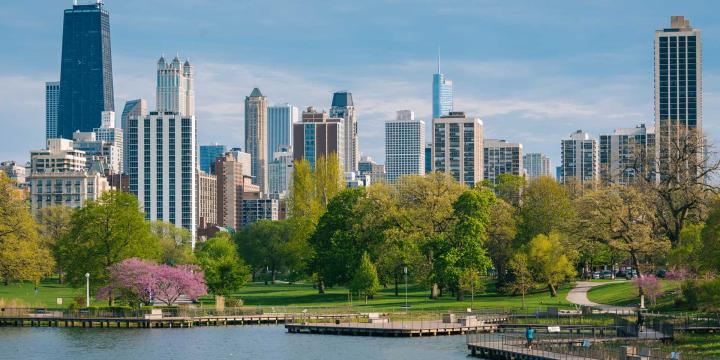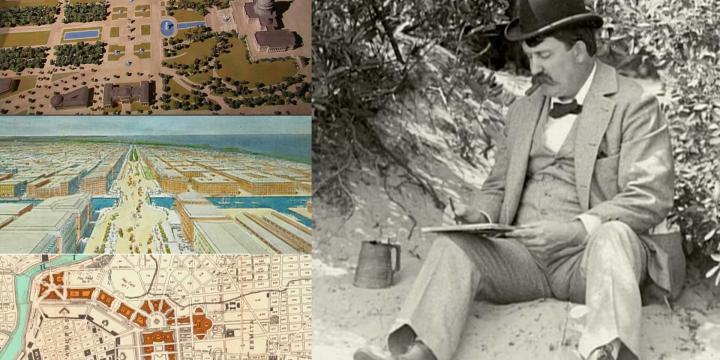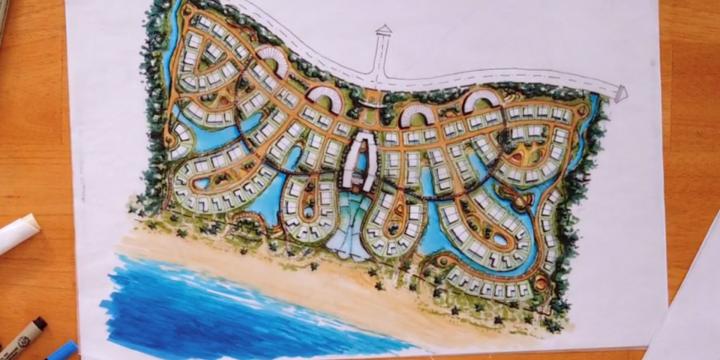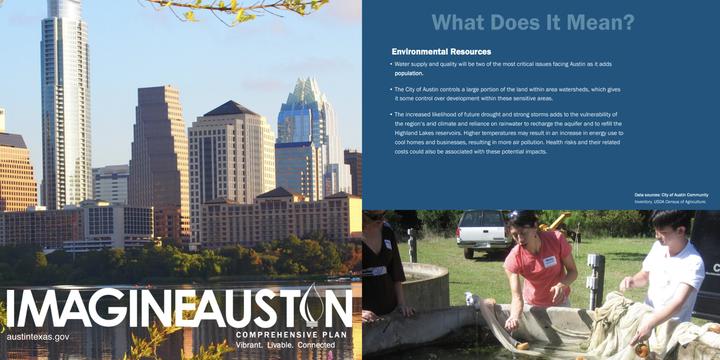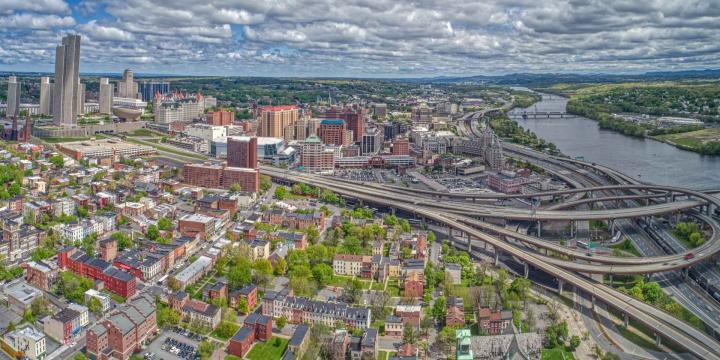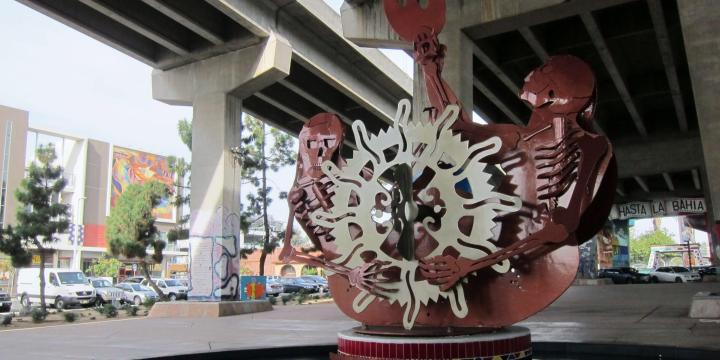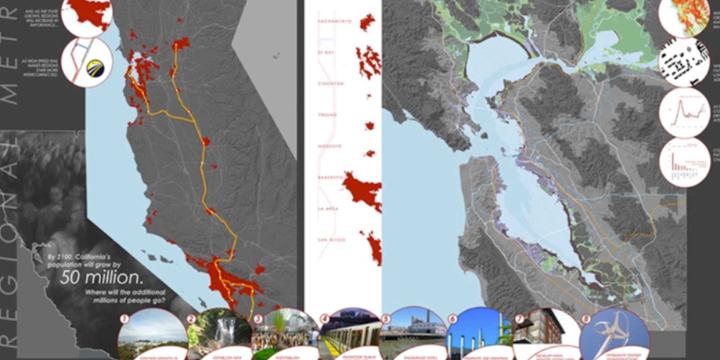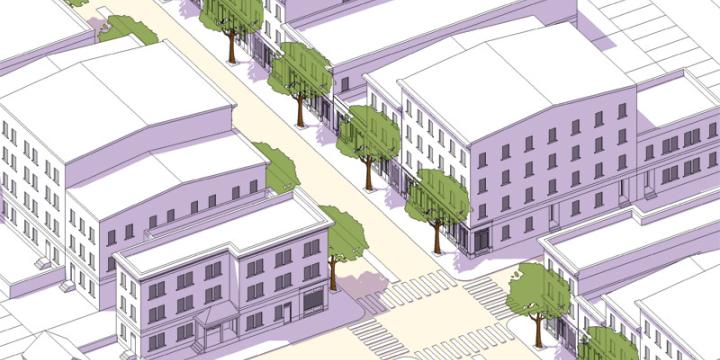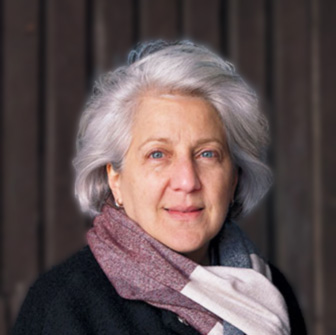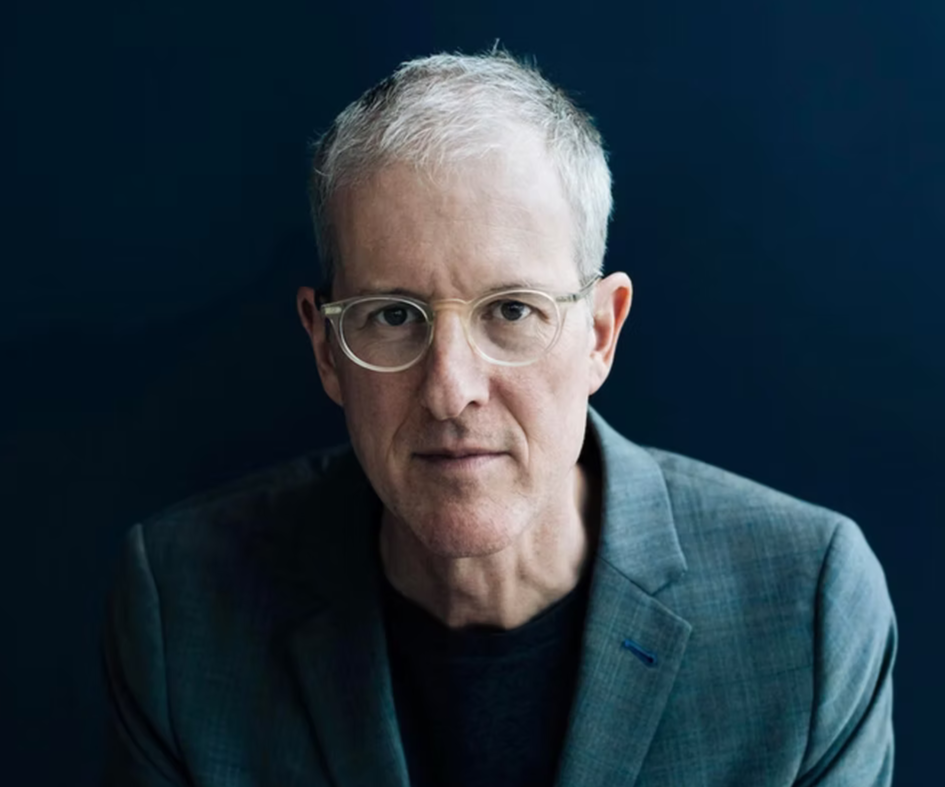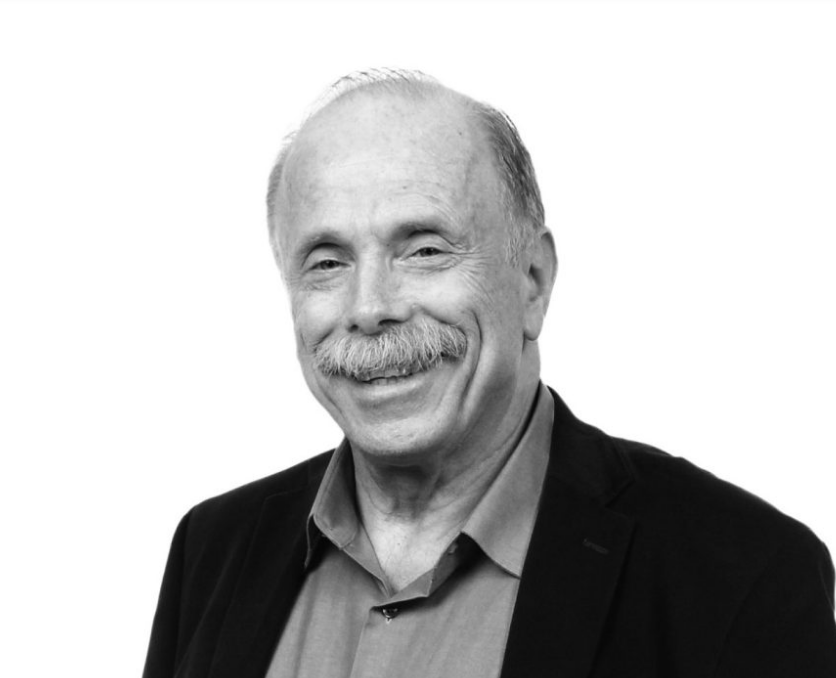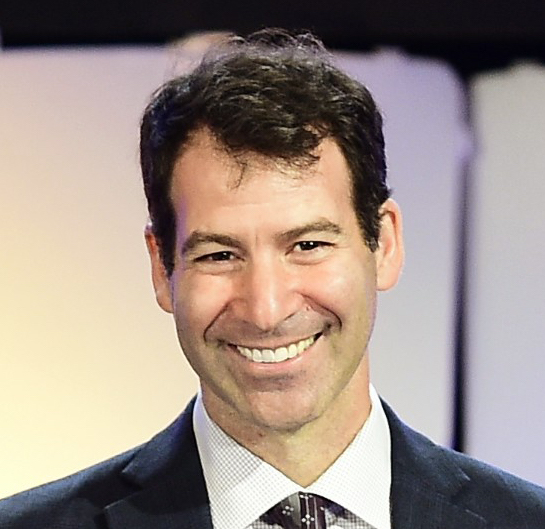All Plan Making Courses
Walkable City 3: The Safe Walk (A)
New
Pedestrian deaths are up 78% since 2009. While car use and size are long-term issues, safer street design — like narrower lanes and two-way roads — can reduce speeding now.
Reinventing Malls: Planning Alchemy—Turning Gray Fields Into Gold
This course explores the need and opportunity to reinvent aging mall sites into vibrant, inclusive, and economically valuable centers for 21st-century communities.
Design for Peace and Democracy
Explore how our designed environments can promote and support peace and democracy using historic examples of how the built environment – including parks, squares and streets – can be an instrument of oppression and serve as forums for both tyranny and uprising. We’ll return to the U.S. for stories closer to home, and frame the future in hope and optimism.
How to Scope for Plan Implementation
Learn hands-on steps and procedures for creating a well-scoped and funding-ready planning study.
Planning the Plan: How to Develop the Scope for a Planning Study
Learn the basic steps involved in developing general planning processes, scope structure, and implementable outcomes.
Planning Commissioner Training
The new "Planning Commissioner Training" series offers citizen planners a chance to learn the tools to make a positive impact in their communities (available as a separate subscription).
The 21st Century Comprehensive Plan
Uncover the emerging and valuable qualities of the 21st century comprehensive plan that can be used to define visions for the future, including robust community engagement, crosscutting themes, and an accountable implementation program.
Landscape Design for Social Sustainability, Part 2
Continue exploring how designers can create built environments that foster vibrant, engaged communities through contemporary theories and case study examples around social sustainability in landscape design.
Landscape Design for Social Sustainability, Part 1
Discover how and why the built environment succeeds or fails at supporting thriving, diverse communities, and how designers can create mechanisms that allow communities to enjoy and improve their environments to suit their needs and desires.
History of U.S. Landscape Architecture, Part 1
Kristin Faurest explores the history of the profession of landscape architecture from its origins through the 1960s, providing a vibrant global context of how humankind has shaped its landscape over the ages.
How Zoning Shapes Cities, Communities, and Regions
A better understanding of the basic components of zoning, history and evolution of zoning codes, economic and political goals of plan implementation, and impacts on housing prices and production can inform improved planning outcomes.
Right-Sizing Zoning for Better Outcomes
Using elements of the built environment that contribute to a community’s unique sense of place and examples from across the United States, this course explores how to realign zoning with the goals and policies adopted in community plans.
Methods for Neighborhood Scale Revitalization
This course presents a rigorous but adaptable methodology that builds on the strengths of neighborhoods to develop customized approaches for addressing challenges that directly respond to the needs and vision of each neighborhood.
The Elements of Citymaking: Design, Policy, and Finance
Examine the theory of city-making at various scales, ranging from a development site at the smallest scale to the largest urban regions.
Accessory Dwelling Units: Understanding America’s Newest Housing Typology
Explore the latest ADU policy developments from leading American cities, key challenges and opportunities for increasing or limiting ADU production, first-hand examples, and best practices in ADU affordability programs.
City Dreamers
The film "City Dreamers," directed by Joseph Hillel and released in 2018, tells the story of four women designers who worked to shape North American cities throughout the 20th century and into the 21st century.
Hand Drawing Master Plans
This course provides an introduction to urban design sketching by teaching how to draw urban design sketches and master plans using a mix of colored and black ink. These drawing techniques can be used to create plans that are detailed and expressive enough to use both in academic and professional presentations.
Make No Little Plans: Daniel Burnham and the American City
The life and achievements of architect and urban designer Daniel Burnham offer a chance to witness the application of the social agenda of the City Beautiful movement, of which Burnham was one of the most famous practitioners.
History of City Planning 5: The City of Tomorrow
Learn why city planning is crucial to the urban future and why the success of future cities will depend on the extent to which they are sustainable, equitable, and how they use technology to serve citizens. Evaluate the key challenges facing cities in the future and, importantly, potential solutions for those challenges.
History of City Planning 4: Planning in the Postmodern Age (1980-Today)
Survey the key economic, environmental, sociopolitical, and technological shifts responsible for the evolution of city planning from 1980 to contemporary times. Assess historical urban planning movements through a critical lens, as course instructor Jason Luger discusses the relevance of past successes and failures for cities today.
Transportation Planning: Making Transportation Plans—Rationality and Politics
This course explains the major forms of planning applicable to transportation, including rational comprehensive planning, strategic planning, policy analysis, incremental planning, advocacy planning, and communicative planning.


